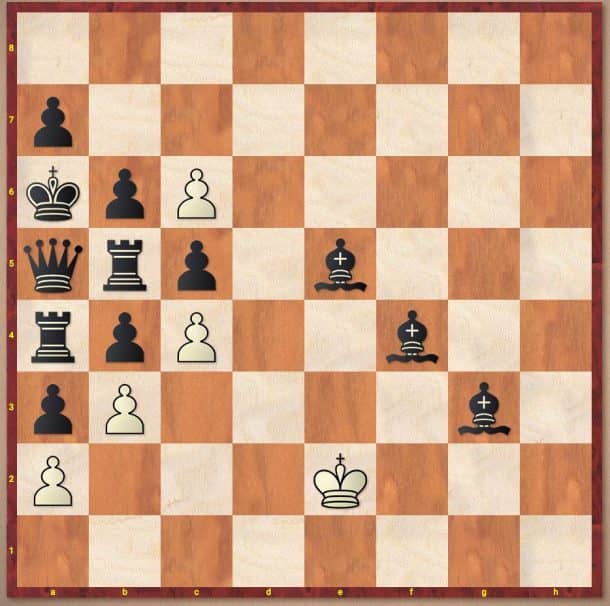As Moore’s Law states, the number of transistors per square inch on IC boards doubles every year. This means human intelligence stands no chance in front of the computational powers of a machine. The not so humble computer asserted its superiority over humans in the game of chess when the grand chess master, Garry Kasparov, was defeated by IBM’s Deep Blue artificial intelligence (AI) computer back in 1997. Since then, they have been beating us in almost every head to head competition due to their ability to sift through thousands of calculations within seconds.
But a certain chess puzzle has left even the modern day AI computers baffled, but presumably, humans can solve this “impossible” scenario. The puzzle can be seen in the picture below, and an online simulation of the chess puzzle can be played here.

The puzzle was drawn up by the Penrose Institute in a bid to study human consciousness using physics. The founder of Penrose Institute, Sir Roger Penrose, who is also an Emeritus Professor at the Mathematical Institute of Oxford, came up with the puzzle to differentiate between human and artificial intelligence machines. He thinks that the puzzle can be solved by humans but not by any current AI software.
“If you put this puzzle into a chess computer it just assumes a black win because of the number of pieces and positions, but a human will look at this and know quickly that is not the case,” said Sir Roger.
Penrose holds a shared World Prize in physics with Professor Stephen Hawking in 1988 for his contribution towards the mysteries of black hole singularities.
Founder and Director of the Penrose Institute, James Tagg said
“We plugged it into Fritz, the standard practice computer for chess players, which did three-quarters of a billion calculations, 20 moves ahead,”
“It says that one-side or the other wins. But,” Tagg continued, “the answer that it gives is wrong.”
The odd choice of a third bishop makes the puzzle unique, which presents AI with endless options and forces it out of its comfort zone.
Give it a shot, and if you do manage to solve it then send your results to Penrose to get a chance to win the professor’s latest book. Goodluck!


